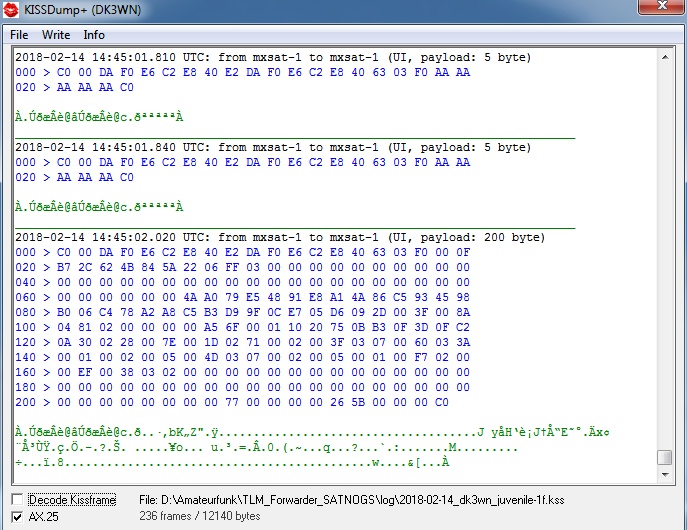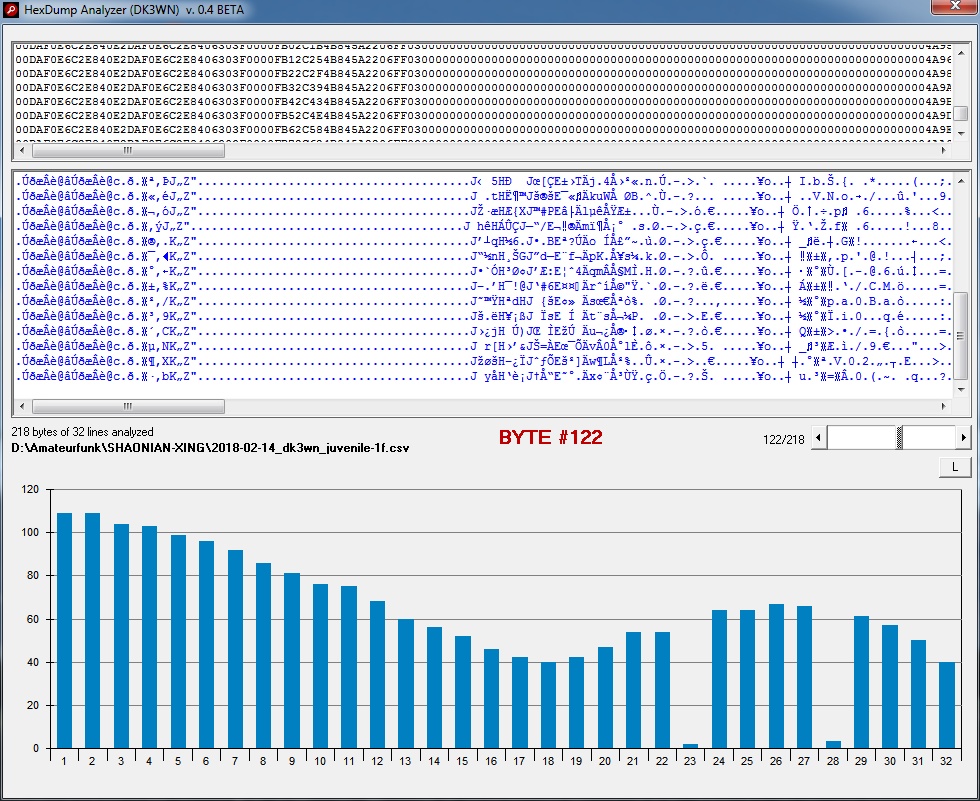Shaonian Xing
Juvenile satellites are designed by COMMSAT amateur radio union for juvenile amateur training as well as data collecting experiments. All satellites are micro satellites with both data collection platform and amateur platform.
COMMSAT Amateur Radio Union is dedicated for amateur training, Earth atmosphere relevent data collection and analysis. We’ve already set up our first Earth station in China Soong Ching Ling Foundation and also rent one alternative station in Zhongwei, China. Though young, the team is passionate and seasoned, many of us were serving for China Aerospace Science and Technology Corporation previously and gained an adequate knowledge of space science. Promising and ambitious as it is, COMMSAT Amateur Radio Union has raised enough funds from ofo sharing bikes, Government of Yaan City(Sichuan province), ZTE, COMMSAT, China Soong Ching Ling Foundation, China Association for Science and Technology, The Chinese Society of Education and etc.
Frequency Coordination
Juvenile 1A, 1C, 1E and 1G
FM telemetry downlink 437.475 MHz
FM repeater downlink 436.250 MHz
FM repeater uplink 145.965 MHz
Juvenile 1B, 1D and 1F
FM telemetry downlink 145.930 MHz
FM repeater downlink 145.840 MHz
FM repeater uplink 435.290 MHz

The Juvenile satellite series is a non-profit youngsters project sponsored by the following organizations:
ofo sharing bikes, Government of Yaan City(Sichuan province), ZTE(mobile phone), COMMSAT, China Soong Ching Ling Foundation (for children), China Association for Science and Technology, The Chinese Society of Education, Wenchang middle school of Hainan Province, Beijing No. 57 middle school, The high school affiliated to Renmin University of China, Dongguan Science & Technology Museum, Zhengzhou No.4 middle school.
The amateur payload of 1A-1G are basically the same, a FM transponder, and a amateur camera. But 1A/1C/1E/1G use JA mode (70cm-DL/2m-UL), while 1B/1D/1F use B mode (2m-DL/70cm-UL).
The non-amateur mission of each of these satellites are different. The communication for these non-amateur missions and controls are all on X-band. They have already submitted the frequency application to the administration.
Most of the non-amateur missions are cooperated and sponsored by related organization/enterprises and the communicated data are to be used for kids education.

1A is for an occultation experiment demostranting to kids. 1B is a spectrum analyzer below 3G to show the EM noise level at different places of the globle. 1C is cooperated with Argos to spot the floating radio beacons on a global sea map. 1D has a camera (with higher resolution than for amateur mission) to take pictures of the sky and another camera to take the pictures of the satellite itself. 1E is the space environment test of a board made by the team itself. 1F is a test to see if the signal of ground low power Lora transmitters can be received from the satellite. 1G is cooperated with wildlife protecting organization in China to spot the transmitters on the wild animals.
Except 1E/1G, all data from X-band will be collected and displayed at the Children Center of Son Qingling Children Fundation (a commonweal organization) for the educational activities of diferent kids groups. And the amateur mission control will be perfomed by the amateur station in the same Children Center.

control desk for kids operators, located at the display area in the chidrens’ center of Song Qinling (Soong Ching Ling) Foundation. The words on the top is “Chinese Juvenile plan” and “Main control station of Juvenile”
All satellites are powered by body mounted solar panels and Li-ion batteries. The solar panels can generate 20 W of power in sunlight. The capacity of the Li-ion batteries is 20 Ah.
Juvenile-1F
NORAD ID: 43199
Downlink: 436.375 MHz, 9k6 FSK AX.25 – coordinated: 437.475 MHz
Call sign: MXSAT-1

Juvenile-1F RF spectrum

Soundmodem (UZ7HO) BPSK-G3RUH 9600 Version 0.04b
Telemetry


Launch
China launched a Long March 2D rocket from the Jiuquan Satellite Launch Center on 02 Feb 2018, carrying a group of seven satellites from China, Italy, Argentina and Denmark including an innovative experiment to study the ionospheric precursors of Earthquakes to evaluate whether forecasting of strong Earthquakes will be possible from an orbital vantage point. The launch occurred at 07:51 UTC from Jiuquan’s Launch Complex 43 and the two-stage rocket was headed to the south west toward a 500-Kilometer orbit from where its payloads will operate.

Photo: Xinhua